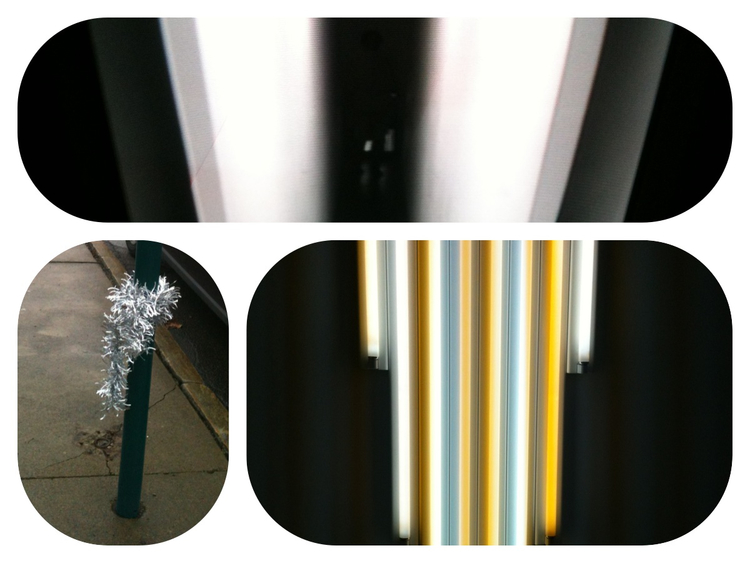By 1985, Israel had only three shopping malls: Clal Center in Jerusalem, London Ministore in Tel Aviv and Ayalon Canyon at the adjacent city of Ramat Gan. Much of the commercial engagements in neighborhoods in Israel’s periphery and suburbs took place in shopping plazas known as Merkaz Mishari, literally translated as Trade Centers.
Whereas the shopping malls signified particular perceptions of consumerism and consumerist culture, as these emerged in Hausman’s 19th century Paris and were later re-articulated in North America, the local trade centers were abundant in local mom-and-pop’s stores, catering for the specific needs of the local community. As oppose to the chain stores that housed the air conditioned windowless hallways of the shopping malls, located outside of the city center, the trade centers were significantly situated in the heart of the neighborhood and as such, their daily routine had to comply with the beating pulse of their varied locations. Intimate communal experiences and activities were negotiated in the plaza of the trade center, between the vegetable stores, the libraries and the local coffee shops.
In Israel’s smaller towns, the trade center is currently struggling to maintain its public appeal. Faced with changing economies, demographics, modes of communication and participation in the public domain, the hardships of the trade center seems to echo the distress of urban environments to maintain their individual identities. Outlet will therefore identify their emergence all across Israel in particular times, their common characteristics, inherent differences, as well as their functions within different communities. These observations, obtained by various media, are stored in a private archive, operating by its own systemic logic, which will be open to the public in the gallery. The trade center will be brought in to Station923, a location which in itself is shaped in constant transition between the private and the public, between the private home and the conductor’s storage space, between the cottage and the exhibition space.
We wish to thank the Israel Architecture Archive
